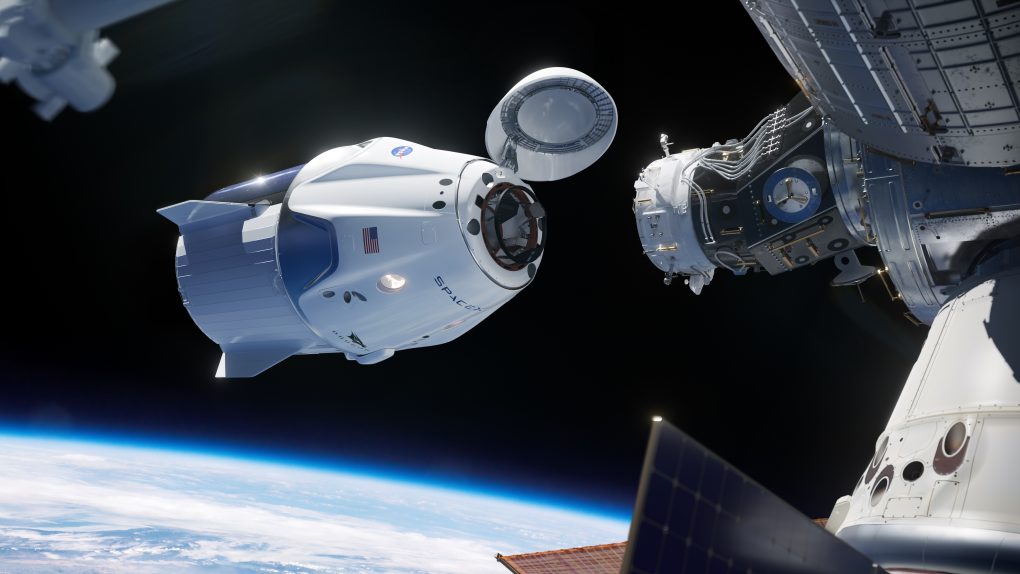NASA’s commercial crew program has seen more than its fair share of delays in recent years as both SpaceX and Boeing have had to push back their timelines due to a variety of issues. SpaceX’s Crew Dragon appeared to be making good progress as of late, with an uncrewed flight to the International Space Station earlier this year, but the company hit a bit of a snag when its capsule exploded during a static fire test.
Answers were hard to come by in the wake of the explosion, with SpaceX and NASA both calling it an “anomaly” while they investigated the cause. Now, months later, the company finally says it knows exactly what went wrong.
In a new statement on the company’s website, SpaceX says the cause of the unexpected explosion was due to a leak that allowed a chemical to force its way through a check valve when the launch abort system fired up. The valve failed, leading to ignition and the subsequent explosion.
Evidence shows that a leaking component allowed liquid oxidizer – nitrogen tetroxide (NTO) – to enter high-pressure helium tubes during ground processing. A slug of this NTO was driven through a helium check valve at high speed during rapid initialization of the launch escape system, resulting in structural failure within the check valve. The failure of the titanium component in a high-pressure NTO environment was sufficient to cause ignition of the check valve and led to an explosion.
SpaceX says it didn’t expect that the NTO and titanium would react based on established norms, emphasizing that “titanium has been used safely over many decades on many spacecraft from all around the world.”
The company says it’s already in the midst of tweaking its design to prevent such failures from happening in the future, including the elimination of check valves in favor of a much more robust alternative.








